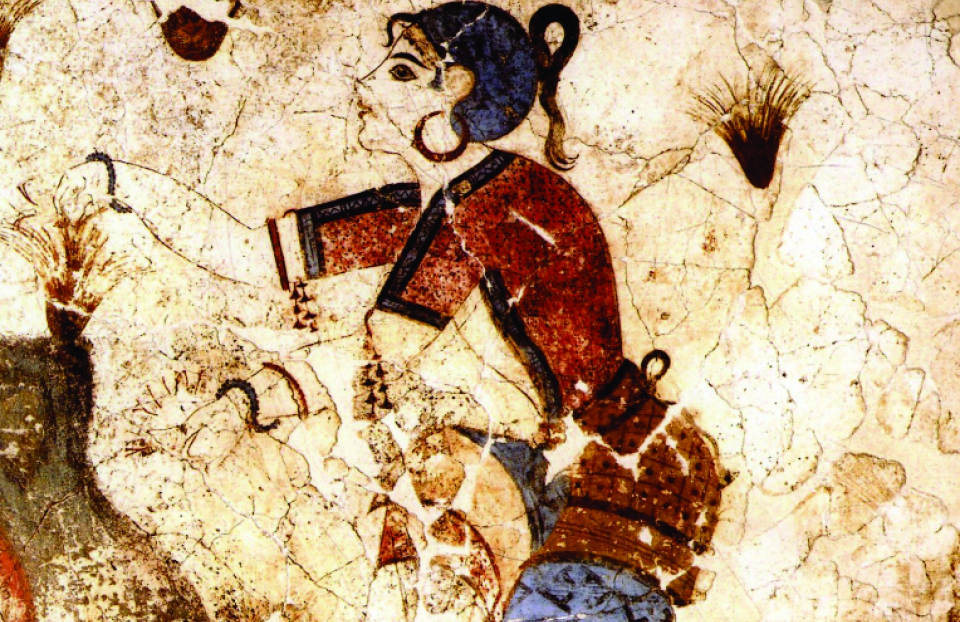.Saffron, this precious and valuable spice, has long been associated with various cultures and governments

In all the rises to power and declines of governments, the formation of history and cultures, spices have been with humans and their antiquity can be equated with the antiquity of human civilizations. Saffron, this precious and valuable spice, has long been associated with various cultures and governments. Follow us to tell you about the history of saffron production in Iran and the world.
History of saffron production in Iran
The origin of all kinds of spices in the world is the Middle East and East Asia. Several thousand years ago, the Silk Road was one of the main spice trade routes in ancient history, and after the discovery of the sea route, spices from the Middle East and East Asia also entered Europe and the United States. Iran, India, and China were the main centers of spice production in the ancient world. One of the most popular spices in Iran, which has been traded for thousands of years, was saffron.
In ancient Iran, saffron flowers were grown wild. The age of saffron in Iran can be traced back to the Achaemenid period. The ancient Iranians at that time used saffron to flavor their food. Even in the biography of Darius the Achaemenid, saffron is mentioned, that this Persian king used saffron with milk to perfume his body.
The first saffron exports in Iran can be attributed to the Parthian period. Probably the first saffron was taken to China, Greece, and Rome from the Parthians. In the past, physicians used the properties of saffron for healing. Saffron dye was also used as an ink to write commands and dye fabrics.
In general, the date and history of saffron production in Iran can be considered about 3 thousand years ago. The first saffron cultivation in the Sassanid period and from the city of Qom has become popular. Of course, some historical sources mention the 5,000-year-old saffron in Iran. Because in a botanical book belonging to the Assyrian era, saffron flowers are mentioned. It is also found in one of the ancient paintings in northwestern Iran that they used saffron dye for coloring. It is even said that the Sumerians used saffron for medicine and treatment.
It is not possible to name an exact date for the age of saffron in Iran. But certainly, Iran has been one of the primary origins of this spice in the world.
History of saffron production in the world
Based on the evidence, it seems that saffron was first discovered in the Bronze Age in Greece (fourth millennium BC). The history of saffron production can be traced back to ancient times.
It is said that Cleopatra, the last pharaoh of ancient Egypt and one of the most powerful and great female kings in the history of the world, took a bath of milk and saffron before meeting her suitors. John O'Connell wrote in The Spices that women of the Minoan civilization (2,000 BC) dyed their clothes with saffron and used saffron and beeswax to make lipstick and cosmetics.
Throughout history, saffron has been used for everything from dyeing clothes to writing spells, preparing food, making up, and treating diseases. The ancient Romans also used the scent of saffron to perfume public spaces. Even during the outbreak of the Black Death, saffron was used as an antidote. The popularity of saffron as a medicine reached its peak in the Middle Ages. In a cookbook written by Le Viandier de Taillevent, published in 1300, saffron is used in food preparation.
Saffron production in the present and saffron producing countries
Saffron flowers will need special conditions to grow and will not grow in every region. Saffron can be produced in areas with hot and dry climates. This flower does not need much irrigation and grows in low water areas. For this reason, many countries are currently producing saffron. Iran, Afghanistan, Spain, India, Greece, and Italy are the main centers of saffron production in the world.
About 90 to 93% of saffron production in the world is allocated to Iran and Iran has the largest volume of saffron production in the world. However, many people consider Spain to be the first saffron production center in the world. Because most of the saffron produced in Iran is exported to Spain and this country packages and exports them under its own name and brand.
Currently, Afghanistan, Greece, Morocco, Turkey, and India are also producing and cultivating saffron in the world. China also produces saffron using the greenhouse method. For example, in the last eight years, Afghanistan has been able to become the highest quality saffron producer in the world. However, Iran can still be considered the first producer of saffron in the world. Iran ranks first in the world in terms of saffron production, second in India, and third in Afghanistan.
The history of saffron production can be traced back thousands of years to the Bronze Age. This precious spice has a long history among different ethnic groups, especially in Iran.




